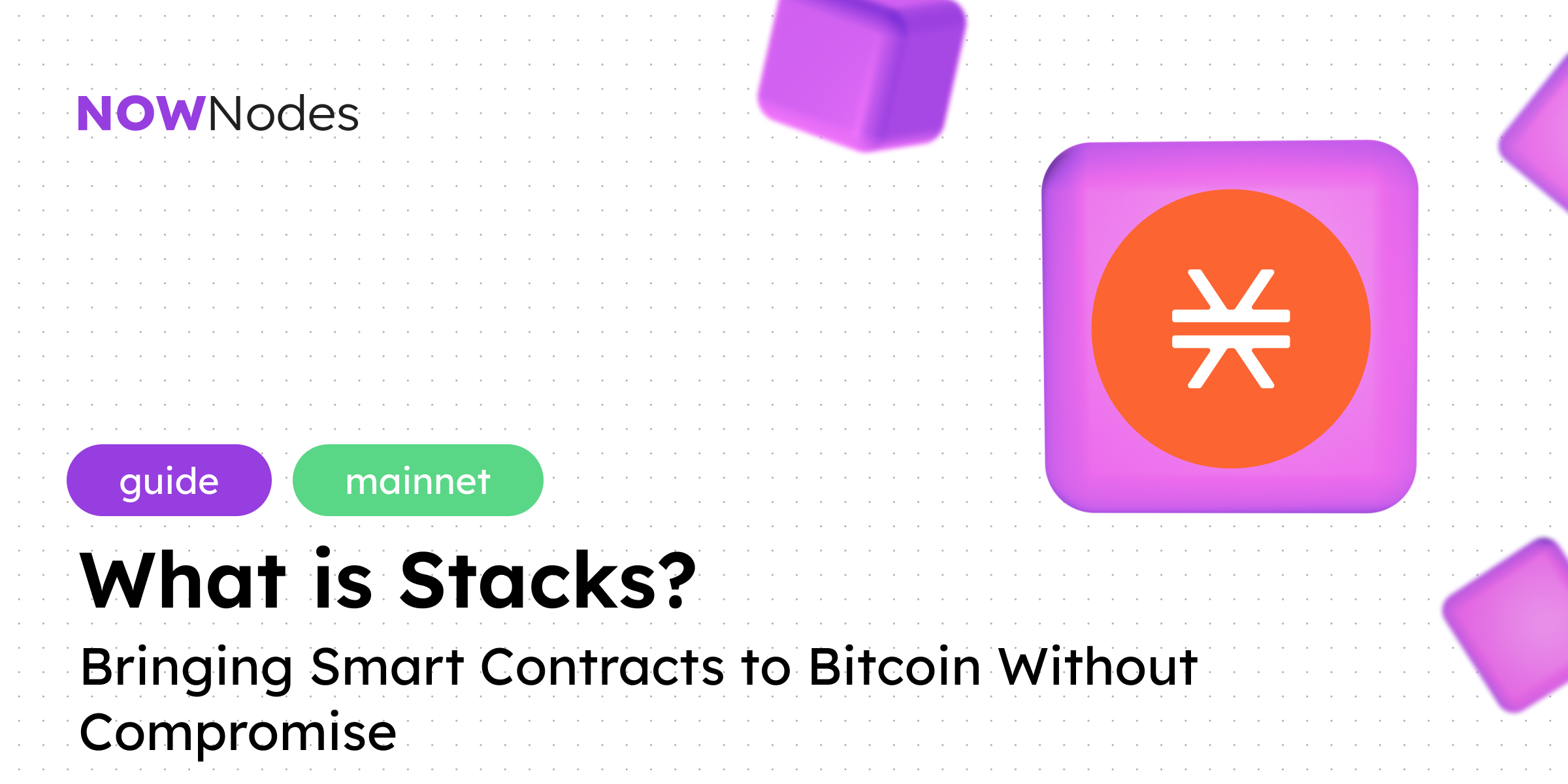In a blockchain world racing toward scalability, speed, and speculation, there’s one network that still commands trust above all: Bitcoin. But while Bitcoin remains the strongest and most secure ledger on Earth, one question continues to echo through the developer world: Can we actually build on Bitcoin — not just store value? In 2025, the answer is finally clear. Stacks is the technology that makes it possible. Not by modifying Bitcoin, or bridging it elsewhere, but by adding a new layer that respects Bitcoin’s core principles — while bringing in programmability, smart contracts, and modern Web3 development.
Stacks isn’t an experiment anymore. It’s the smart contract layer for Bitcoin. And it’s growing.
What Is Stacks?
Stacks is a Bitcoin layer 1 blockchain designed to enable smart contracts, decentralized apps (dApps), and digital assets — all anchored directly to the Bitcoin blockchain.
Unlike Ethereum or Solana, STX doesn’t compete with Bitcoin. Instead, it enhances it through a unique consensus model called Proof of Transfer (PoX). In this system, Stacks transactions are secured by and recorded onto the Bitcoin blockchain, leveraging its unmatched immutability and finality.
The result? A powerful platform for building Web3 — without leaving Bitcoin behind.
Clarity: A Smart Contract Language You Can Actually Trust
Stacks introduces a radically different approach to Web3 logic through its native language: Clarity.
Unlike Solidity or Rust, Clarity is a decidable language, meaning the outcome of the contract is known before it runs. There’s no room for “code surprises.” That makes it ideal for:
- DeFi protocols
- Governance systems
- On-chain identity
- Complex asset logic
As exploits and hacks continue to plague other chains, STX makes safety a default — not an afterthought.
Bitcoin-Powered Security: PoX and Final Settlement
Stacks is secured by Bitcoin through Proof of Transfer — an innovative consensus where miners transfer BTC to participate, anchoring STX blocks directly into the Bitcoin chain.
Meanwhile, STX holders can participate in stacking, locking their tokens to support the network and earning BTC rewards in return.
That’s not theoretical. It’s live, working, and paying out real Bitcoin — not synthetic tokens or wrapped assets.
The Stacks Ecosystem: Built and Anchored on BTC
Stacks isn’t just a platform — it’s a growing ecosystem built around Bitcoin-native logic:
- sBTC: A trust-minimized, Bitcoin-backed asset that can be programmed like ETH, but secured by BTC
- ALEX: A full-suite DeFi protocol with lending, trading, and staking
- Zest Protocol: BTC-collateralized loans
- Gamma: NFT platform supporting both STX NFTs and Bitcoin Ordinals
- Stacks ID: Decentralized identity anchored to Bitcoin
In 2025, these aren’t just ideas — they’re live apps, with real users, building a more secure version of Web3.
Why Developers Choose Stacks
Stacks attracts a different kind of builder — one who values security over speed, and sustainability over short-term gains.
Here’s what developers gain by building on Stacks:
- A secure, Bitcoin-final chain to anchor apps
- Access to BTC-native assets and rewards
- Tooling for Clarity, STX wallets, identity, and more
- A thriving ecosystem of infrastructure and node providers
- Community support with a strong open-source culture
And unlike many newer chains, Stacks has battle-tested infrastructure — from indexers to explorers to full node support.
Final Thoughts: Bitcoin Is the Bedrock. Stacks Is the Toolkit.
Bitcoin gave us the foundation. But foundations don’t build cities — builders do.
Stacks is the toolkit that makes Bitcoin programmable, usable, and scalable — without changing its core. It brings the safety of BTC to the creativity of Web3. And in a time when trust is more valuable than speed, that matters.
For developers and users alike, 2025 isn’t about chasing the next chain. It’s about building on the only one that’s proven.
Stacks is that path. And with the right infrastructure, it’s open to you — today.
